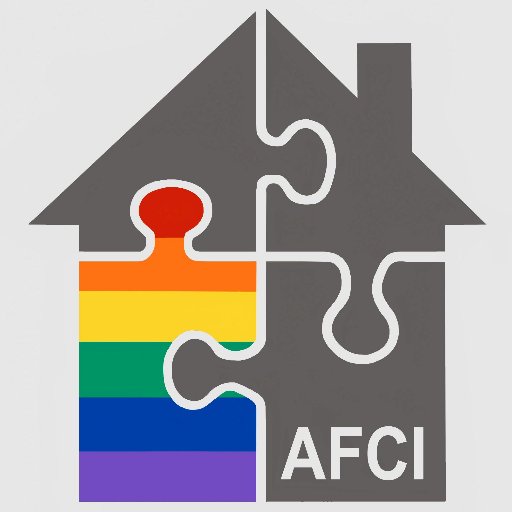Bisexuality Defined
This first video is from a talk on bisexuality given by Dr. Vanessa Schick at a PFLAG meeting in Houston, Texas. Dr. Schick discusses what it means to be bisexual and how a person may determine which sexual orientation label to use.
The word non-monosexuality is introduced as the equivalent to the term bisexuality. A bisexual individual is defined as a person who has the possibility of being attracted to people of more than one gender. Some bisexual people may prefer to identify as heterosexual to avoid the bisexual stigma.
Understanding Bisexuality
What characteristics other than gender determine who we are attracted to? For those who are bisexual it may be that a person’s gender is not the most important thing.
Can you remember what characteristics have attracted you in a relationship? Hair color, a personality trait, sense of humor? What if you lived in a culture that made hair color the defining trait for who you should be attracted to? What if you liked someone with a different hair color and were called a “bi-hairist?”
Bisexual people can be attracted to either gender because for them, gender is not the most important characteristic in a relationship. They care more about who the person is, the personal qualities: loving, funny, smart, creative ….?
Bisexuality: Labels and Terms
Labels can be limiting and misunderstood, they can lead to stigmatization and discrimination on the part of those who do not understand.
Some people choose labels that are less constrained like: hetero-flexible, trans-romantic, questioning, pansexual, piromantic, fluid, bicurious, panromantic, polysexual…. Many people resist a label because they do not feel it describes them adequately or because they do not want to be stigmatized.
Bisexuality Stereotypes
Bisexuality is the sexual orientation that carries the most negative stereotypes.
Some of the most common stereotypes about bisexual people are:
- Bisexual women are sexual with other women to please men.
- Bisexuals are hyper-sexual.
- Bisexuals are unable to be monogamous.
- Bisexuals have a high rate of sexually transmitted diseases.
An added misunderstanding is that sexual orientation is based on who the person is with. A bisexual person who is in a relationship with the opposite gender does not become straight. Just as a heterosexual person who is not in a relationship does not cease to be heterosexual. We do not lose our sexual orientation when a relationship changes.

